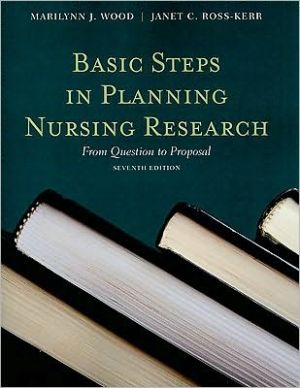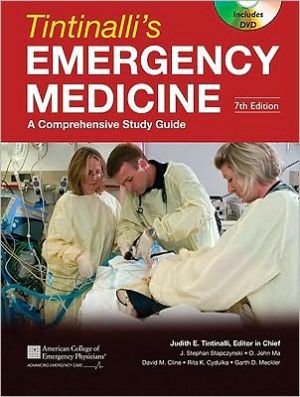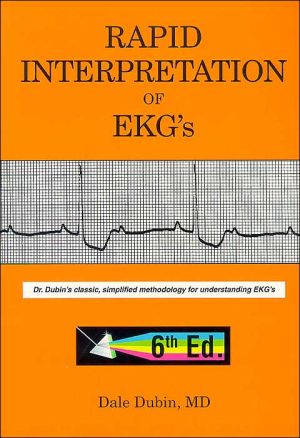Basic Steps in Planning Nursing Research: From Question to Proposal
Basic Steps in Planning Nursing Research: From Question to Proposal is the perfect introduction to the research process. It details the development of an effective research plan, and guides readers through all stages of the process from finding a research topic, to the final written proposal. It takes an in-depth focus on the planning process which makes it an excellent tool for beginners while still being relevant to people at all levels of study who need to develop a research plan.\ The...
Search in google:
Wood and Ross-Kerr's (both U. of Alberta, Edmonton, Canada) text offers an introduction to the research process for beginners, with a focus on developing a workable research plan. The authors guide readers through all stages of the process, from finding a research topic to the final written proposal. The text will also serve as a resource for more experienced researchers who need assistance in developing a quality research plan. Specific revisions from the fifth to sixth edition are not stated. Annotation ©2005 Book News, Inc., Portland, OR Doody Review Services Reviewer:Diane M Tomasic, EdD, RN(Slippery Rock University )Description:This book introduces the research process with the focus on planning a research study. Purpose:The purpose is to guide researchers in planning a study, from question development to the actual proposal. These are useful objectives in light of the effort needed to develop a research proposal.Audience:Beginning researchers are the primary audience, but experienced researchers can use it as a resource.Features:The authors stress the importance of writing a researchable question in the first chapter. The remaining chapters are the usual for a research book, such as problem identification, purpose, definition of terms, design, etc. What makes this book different is the focus on planning the study. The authors show readers how the entire process fits together. The final chapter details how to write a research proposal. Chapters have learning objectives and include many examples specific to the chapter topic. Seven appendixes provide exemplars of studies and proposals. Assessment:This is a must for beginning researchers and a resource for experienced researchers. It guides researchers through the process from developing the research question to completing the proposal. The authors stress that rather than a comprehensive research text, this is a book that focuses on empirical or scientific research. Other resources are to be consulted for other philosophical research methods.
Ch. 1 How to Write a Researchable QuestionCh. 2 From Question to ProblemCh. 3 The Full and Final Research ProblemCh. 4 Critical Review of the LiteratureCh. 5 Stating the Purpose of the StudyCh. 6 Defining Your TermsCh. 7 The Research Design: Blueprint for ActionCh. 8 Selecting the SampleCh. 9 Selecting a Method to Answer the QuestionCh. 10 Reliability and Validity of MeasurementCh. 11 Ethics in Nursing ResearchCh. 12 Planning for Analysis of DataCh. 13 Writing the Research ProposalAppendix A Appendix Contents: Sample Research ProposalsAppendix B The Experience of Nurse-Midwives in Ghana with the Use of the WHO PartographAppendix C The Incidence of Acute Stress Disorder Among Parents of Premature Infants Admitted into the Neonatal Intensive Care UnitAppendix D Nausea and Vomiting Following Posterior Fossa Surgery: Determination of Incidence, Risk, and Protective Factors in ChildrenAppendix E The Impact of Older Maternal Age at First Birth on the Risk of Spontaneous Preterm Birth in Northern and Central AlbertaAppendix F Maintaining Catheter Patency Using Recombinant Tissue Plasminogen ActivatorAppendix G Standardized Telephone Triage Practice: Impact of Protocol Implementation on Reported Job Stress and Satisfaction by Nurses in a Pediatric Oncology Outpatient SettingIndex
\ From The CriticsReviewer: Diane M Tomasic, EdD, RN(Slippery Rock University )\ Description: This book introduces the research process with the focus on planning a research study. \ Purpose: The purpose is to guide researchers in planning a study, from question development to the actual proposal. These are useful objectives in light of the effort needed to develop a research proposal.\ Audience: Beginning researchers are the primary audience, but experienced researchers can use it as a resource.\ Features: The authors stress the importance of writing a researchable question in the first chapter. The remaining chapters are the usual for a research book, such as problem identification, purpose, definition of terms, design, etc. What makes this book different is the focus on planning the study. The authors show readers how the entire process fits together. The final chapter details how to write a research proposal. Chapters have learning objectives and include many examples specific to the chapter topic. Seven appendixes provide exemplars of studies and proposals. \ Assessment: This is a must for beginning researchers and a resource for experienced researchers. It guides researchers through the process from developing the research question to completing the proposal. The authors stress that rather than a comprehensive research text, this is a book that focuses on empirical or scientific research. Other resources are to be consulted for other philosophical research methods.\ \ \ \ \ From The CriticsReviewer: Diane M Tomasic, EdD, RN(Slippery Rock University ) \ Description: This book introduces the research process with the focus on planning a research study. \ Purpose: The purpose is to guide researchers in planning a study, from question development to the actual proposal. These are useful objectives in light of the effort needed to develop a research proposal.\ Audience: Beginning researchers are the primary audience, but experienced researchers can use it as a resource.\ Features: The authors stress the importance of writing a researchable question in the first chapter. The remaining chapters are the usual for a research book, such as problem identification, purpose, definition of terms, design, etc. What makes this book different is the focus on planning the study. The authors show readers how the entire process fits together. The final chapter details how to write a research proposal. Chapters have learning objectives and include many examples specific to the chapter topic. Seven appendixes provide exemplars of studies and proposals. \ Assessment: This is a must for beginning researchers and a resource for experienced researchers. It guides researchers through the process from developing the research question to completing the proposal. The authors stress that rather than a comprehensive research text, this is a book that focuses on empirical or scientific research. Other resources are to be consulted for other philosophical research methods.\ \








